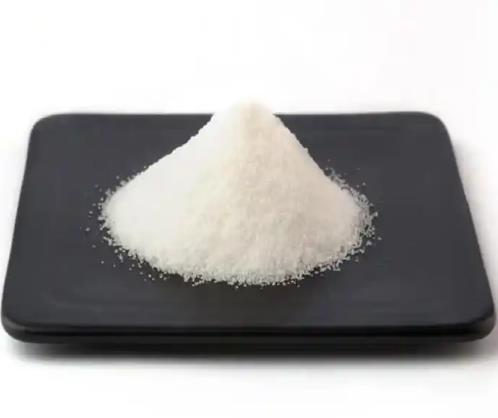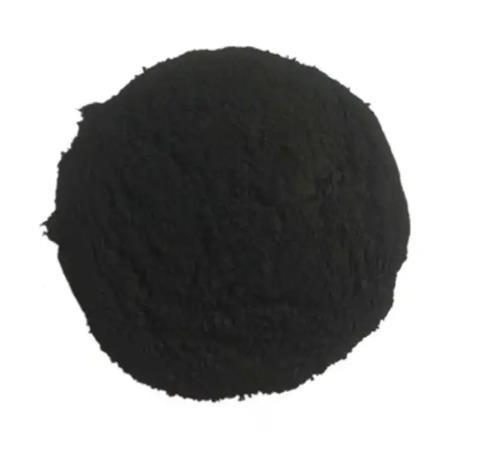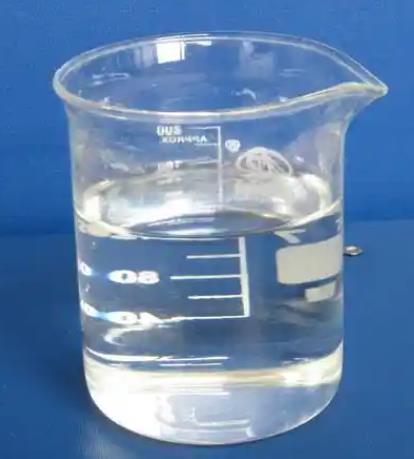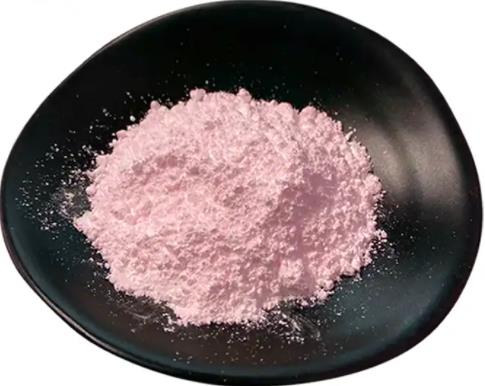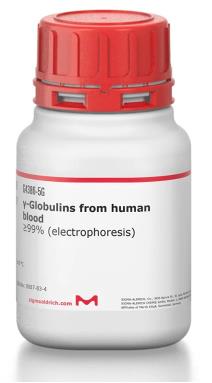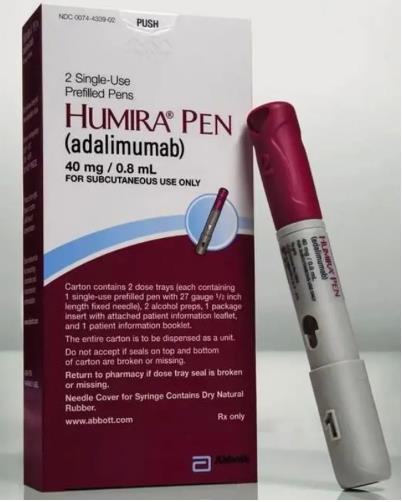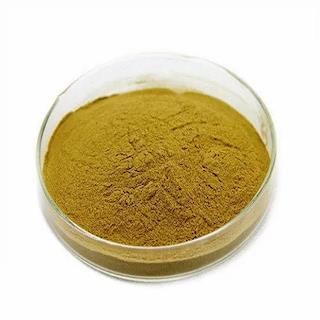Active Pharmaceutical Ingredients (API), popularly speaking, are the raw materials of medicines, only pharmaceutical raw materials are processed into pharmaceutical preparations , can they become medicines available for clinical use, so drugs we usually eat are the finished drugs through processing. Active Pharmaceutical Ingredients based on its sources can be divided into two major categories ,including chemical synthetic drugs and natural chemical drugs. Chemical synthetic drugs can be divided into organic synthetic drugs and inorganic synthetic drugs. Inorganic synthetic drugs are inorganic compounds ( very few is element), such as aluminum hydroxide, magnesium trisilicate which are used for the treatment of gastric and duodenal ulcers ; organic synthetic drugs are mainly composed of drugs made by basic organic chemical raw materials, through a series of organic chemical reactions (such as aspirin, chloramphenicol, caffeine, etc.). Natural chemical drugs ,based on its sources,can be divided into two categories including biochemical drugs and plant chemical drugs. Antibiotics are generally made by the microbial fermentation, which belongs to the biochemistry category. A variety of semi-synthetic antibiotics occurs in recent years,which are biosynthesis and chemical synthesis combining products.Among active Pharmaceutical Ingredients, the organic synthetic drugs varieties, yields and values have the largest proportion,which are the main pillars of the chemical and pharmaceutical industries. The quality of active Pharmaceutical Ingredients decides whether the formulation is good or bad , so its quality standards are very strict ,countries in the world have developed national pharmacopoeia standards and strict quality control methods for its widely used active Pharmaceutical ingredients.
Sodium salicylate:Activity, Application and Chemical Studies
Sodium Salicylate Sodium Salicylate is a NF-κB inhibitor that decreases inflammatory gene expression and improves repair in aged muscle.
Feb 15,2023 APIPlatinum dioxide:Application and Chemical Studies
Platinum dioxide as a noble metal oxide catalyst, has a wide range of applications in hydrogenation, hydrogenolysis, dehydrogenation and oxidation reactions.
Feb 14,2023 API(2-Bromoethyl)benzene:Application and Preparation
(2-Bromoethyl)benzene is an inhibitor of histone demethylase, an amine compound having anticancer activity and a therapeutic agent for eye disorders.
Feb 14,2023 APIPreparation and Application of the Guanidine Carbonate
Guanidine carbonate, also known as carbonic acid aminourea. It can be dissolved in water and slightly dissolved in ethanol and acetone.
Feb 14,2023 APIMethanesulfonic anhydride:Application and Chemical Studies
Methanesulfonic anhydride with the form of the white solid as an anhydride of methanesulfonic acid , has been used as an excellent reagent for the improvement in Friedel-Crafts acylation reaction.
Feb 13,2023 APILactonic Sophorolipid:Mechanisms, Application, Chemical And Toxicity Studies
Lactonic sophorolipid is a glycolipid molecule synthesized from specific yeast species.
Feb 13,2023 APILactoferrin:Activity and application studies
Lactoferrin, a prominent protein in milk, many other secretory fluids and white blood cells, is a monomeric, 80-kDa glycoprotein, with a single polypeptide chain of about 690 amino acid residues.
Feb 10,2023 APIThe introduction of GLOBULINS, CAT GAMMA
The GLOBULINS, CAT GAMMA, with the CAS No: 9007-83-4, is also known as MOUSE GAMMA GLOBULIN, or MOUSE GAMMA-GLOBULIN, SERUM. GLOBULINS, CAT GAMMA is a kind of protein in the blood.
Feb 3,2023 APIThe introduction of Unii-fys6T7F842
The Unii-fys6T7F842, with the CAS No: 331731-18-1, is the first human anti-tumor necrosis factor approved for marketing in the world.
Feb 3,2023 APIThe introduction of Methanesulfonato{[4-(N,N-Dimethylamino)Phenyl]Di-T-Butylphosphino}(2'-Amino-1,1'-Biphenyl-2-Yl)Palladium(II)
The Methanesulfonato{[4-(N,N-Dimethylamino)Phenyl]Di-T-Butylphosphino}(2'-Amino-1,1'-Biphenyl-2-Yl)Palladium(II), with the CAS No: 1820817-64-8, is also known as Amphos Palladacycle Gen. 3.
Feb 3,2023 API



